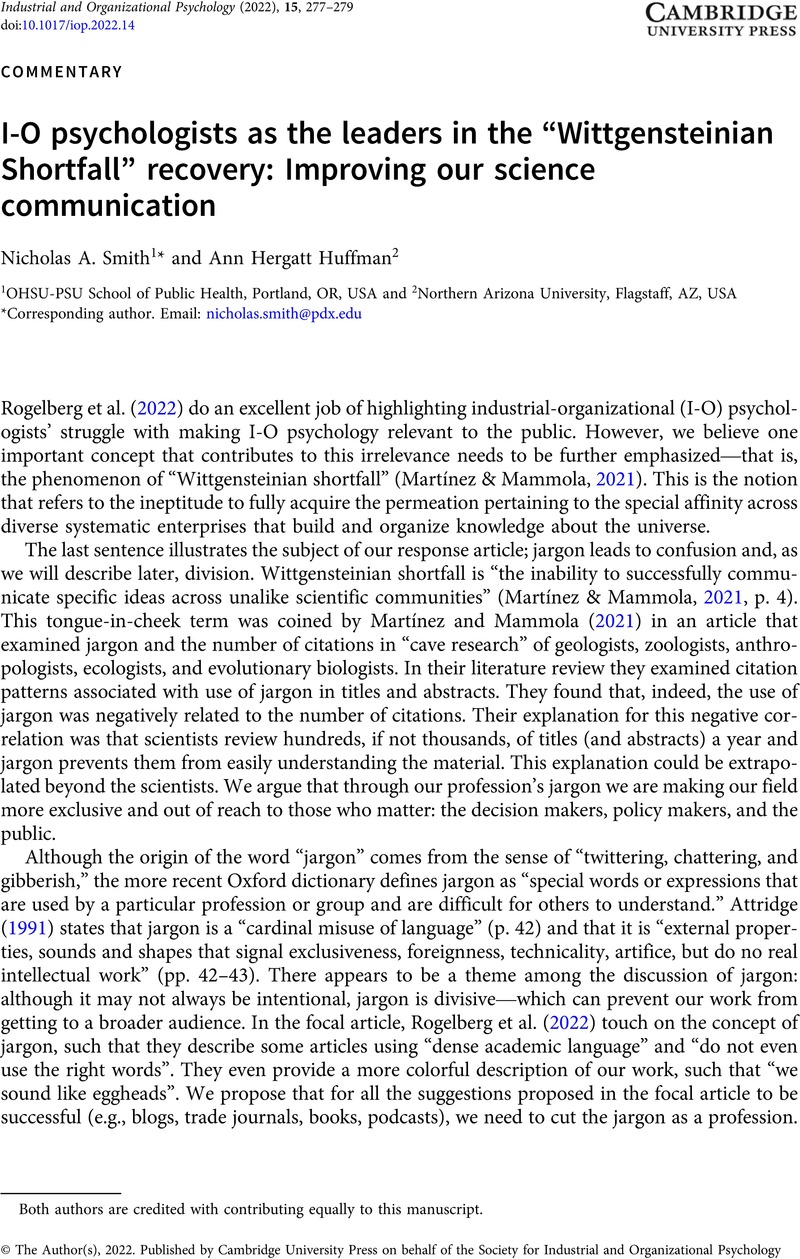Hales, H. H.,
Williams, K. D., &
Rector, J. (
2017, January 31). Alienating the audience: How abbreviations hamper scientific communication.
Association for Psychological Science Observer. https://www.psychologicalscience.org/observer/alienating-the-audience-how-abbreviations-hamper-scientific-communication
Google Scholar 